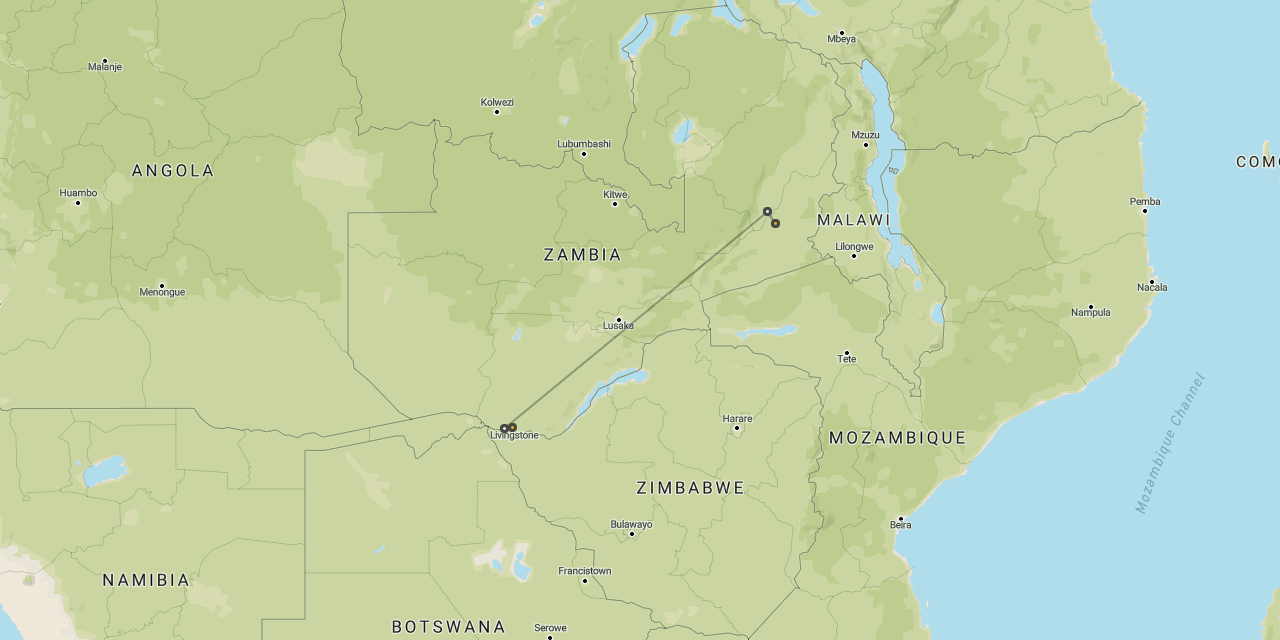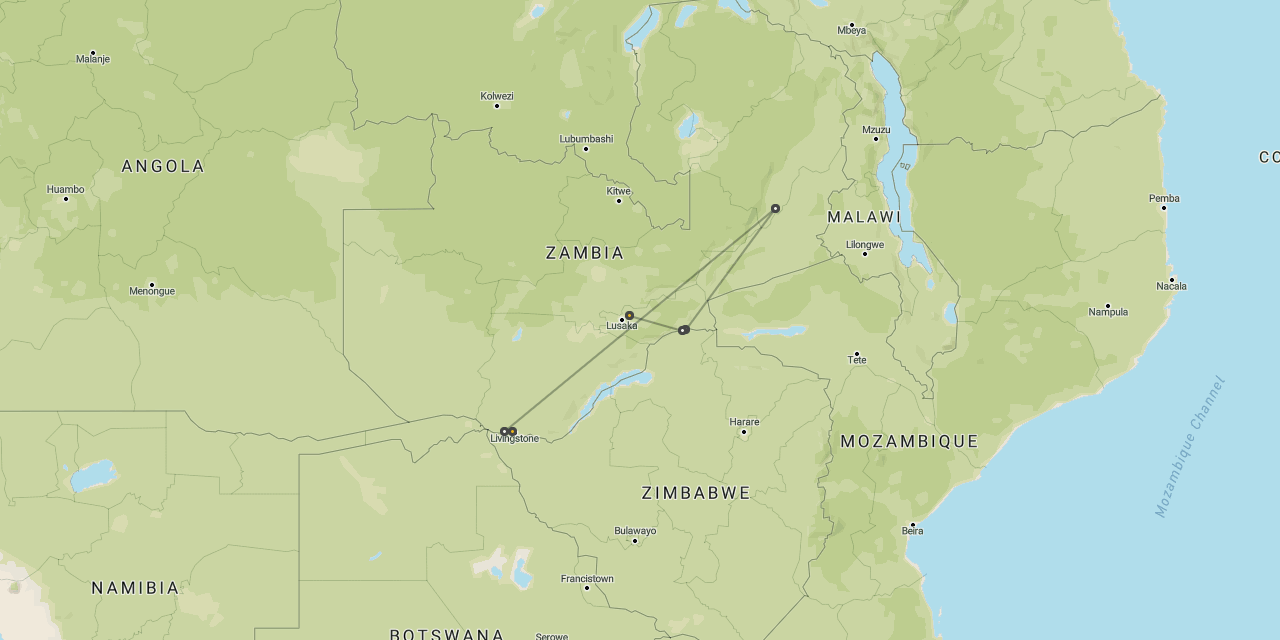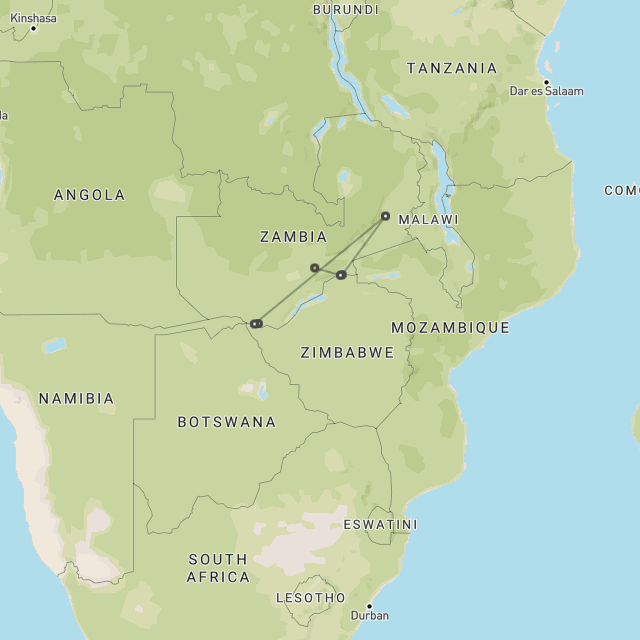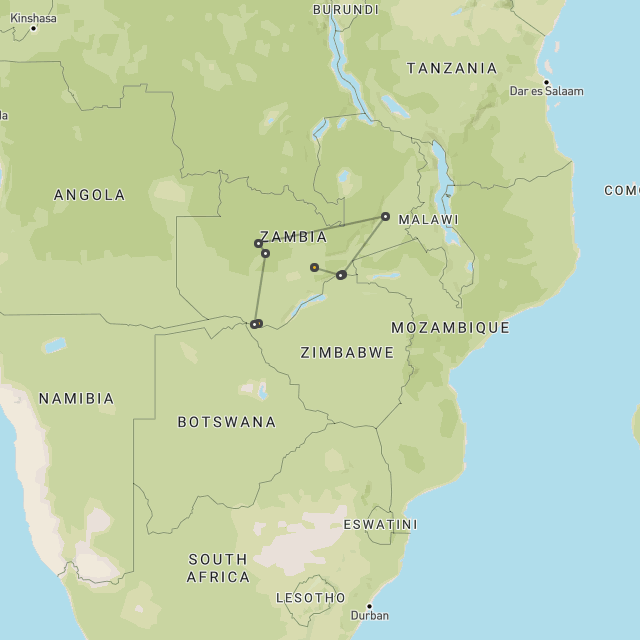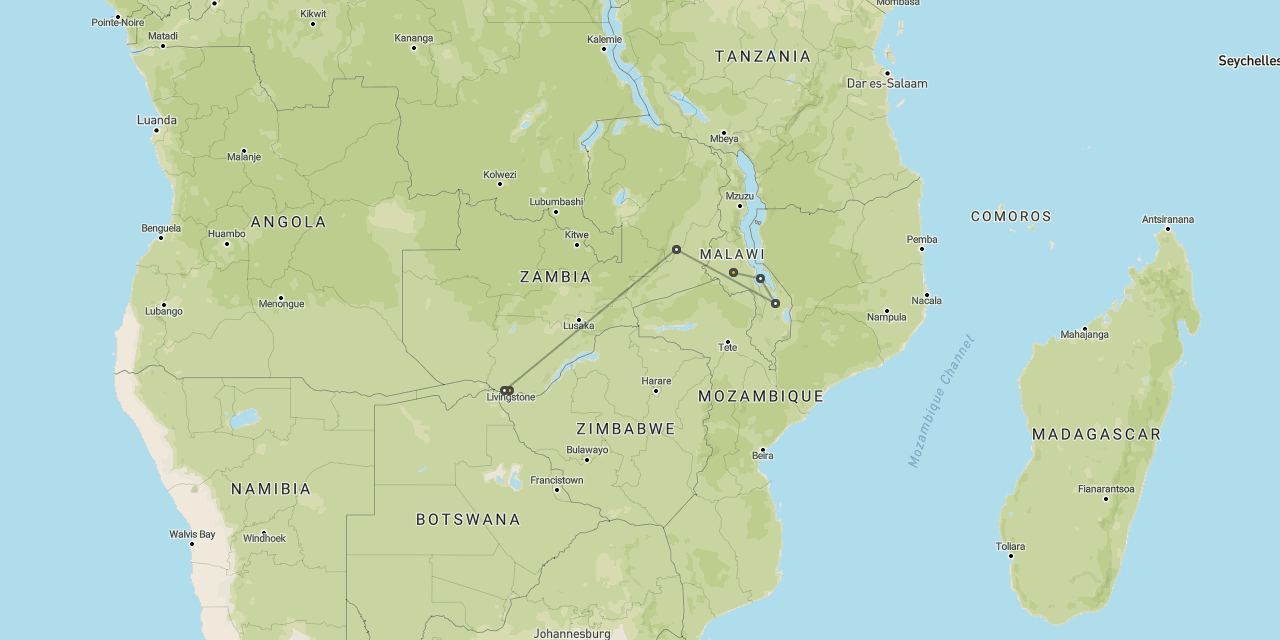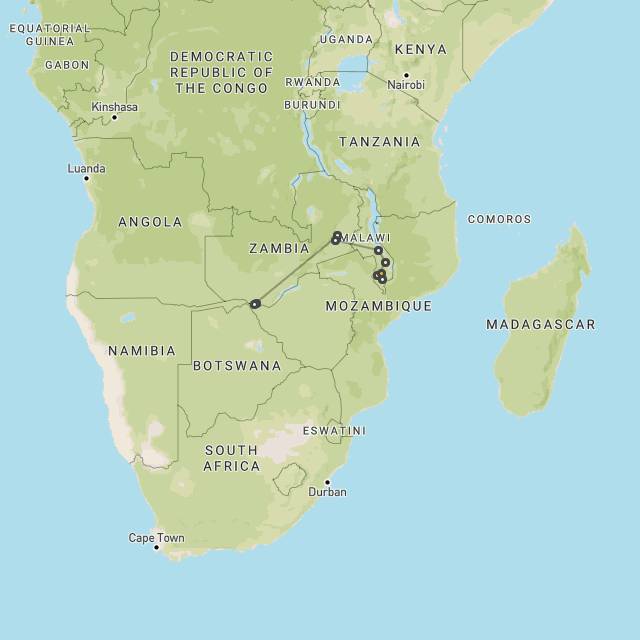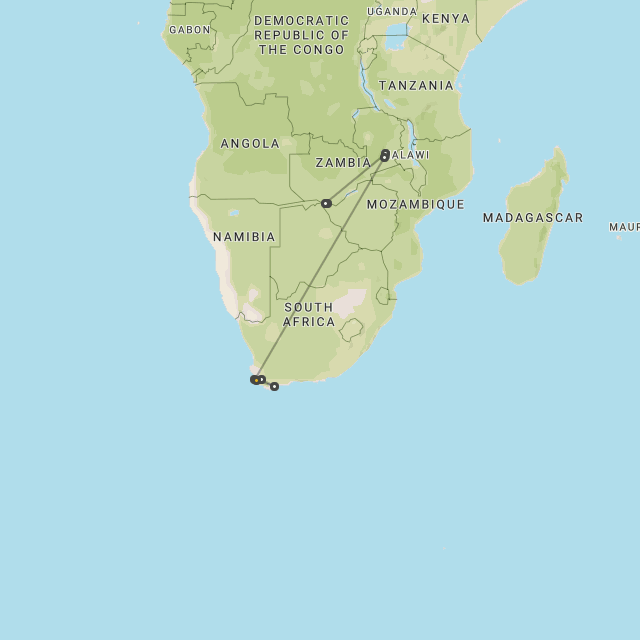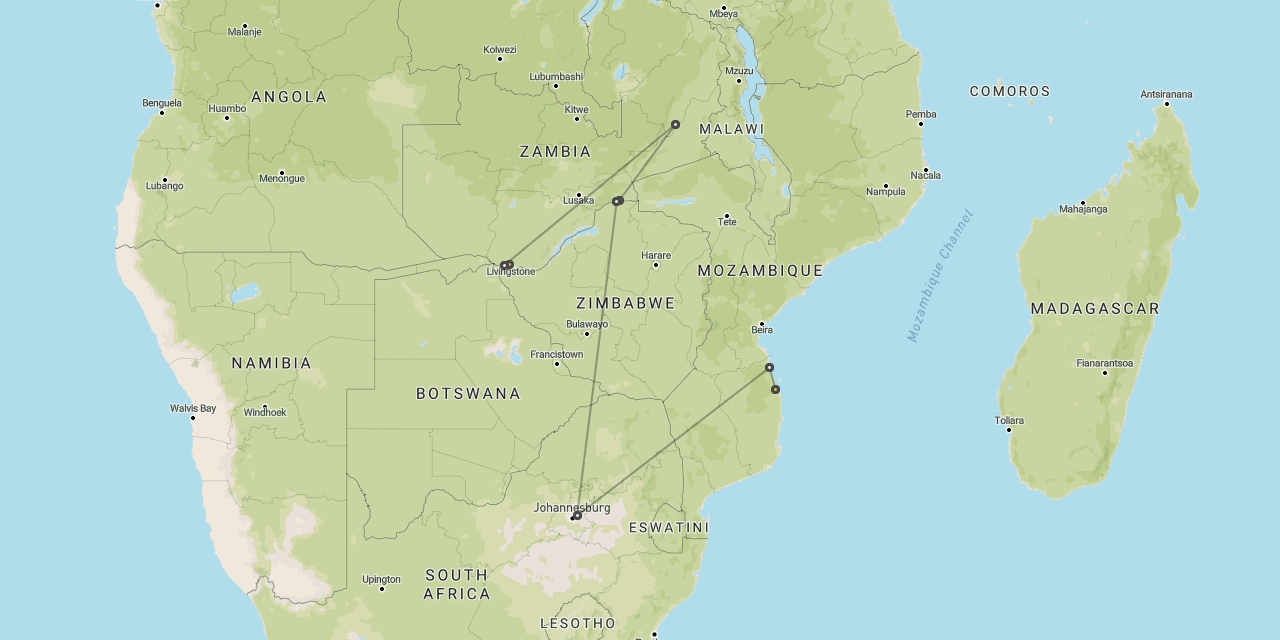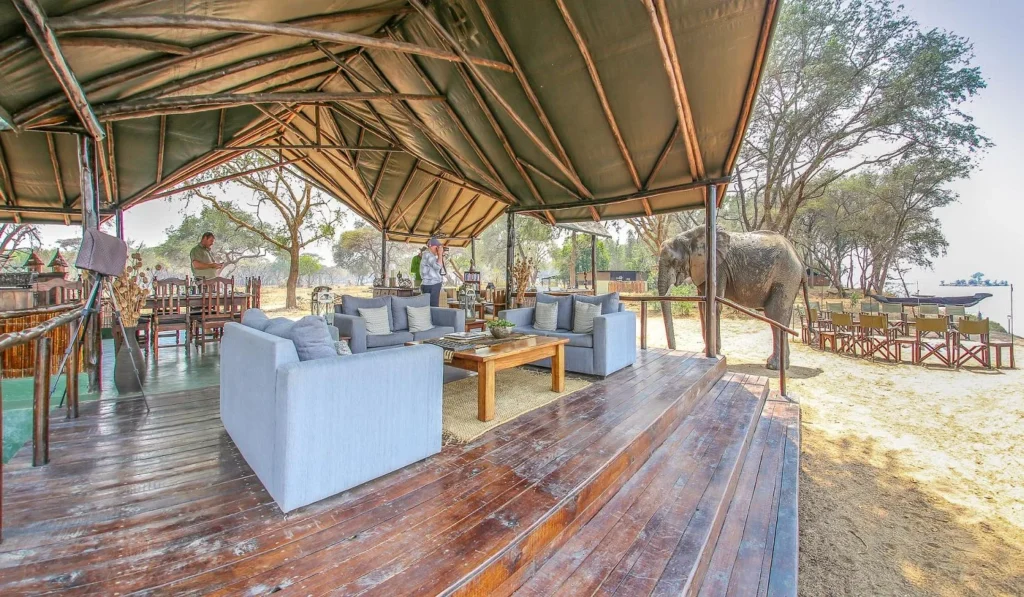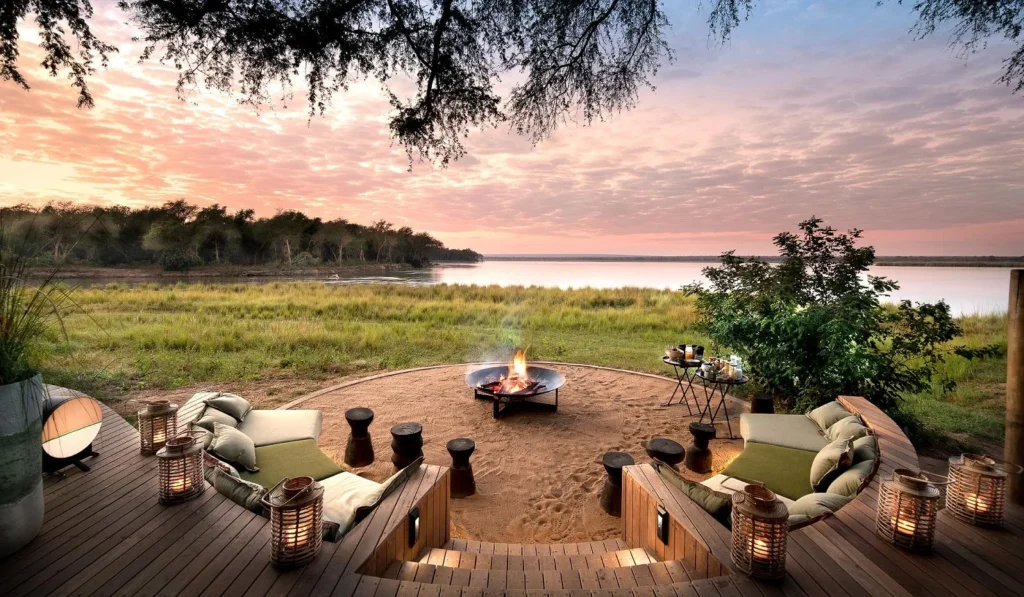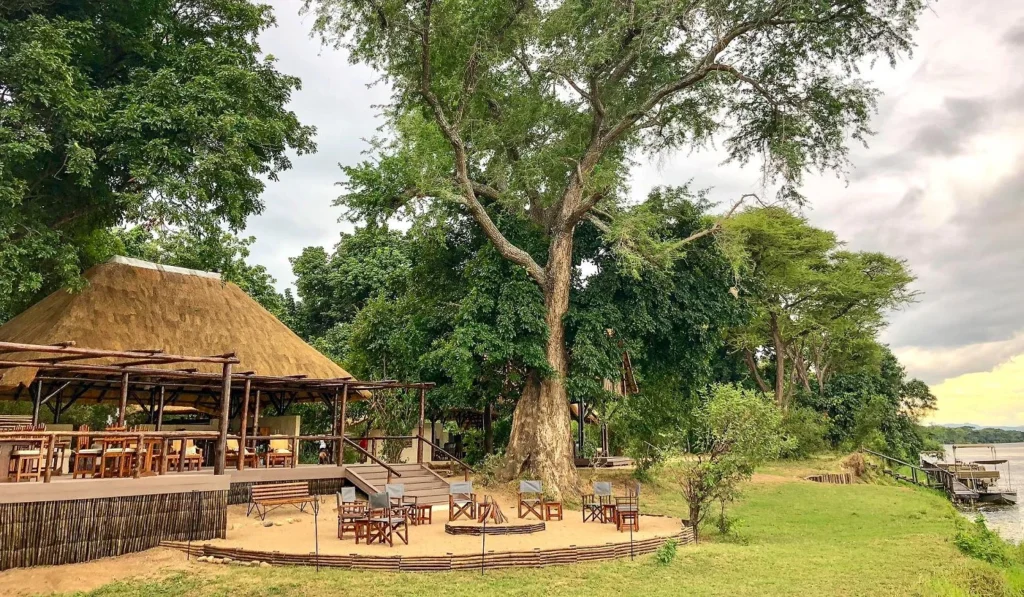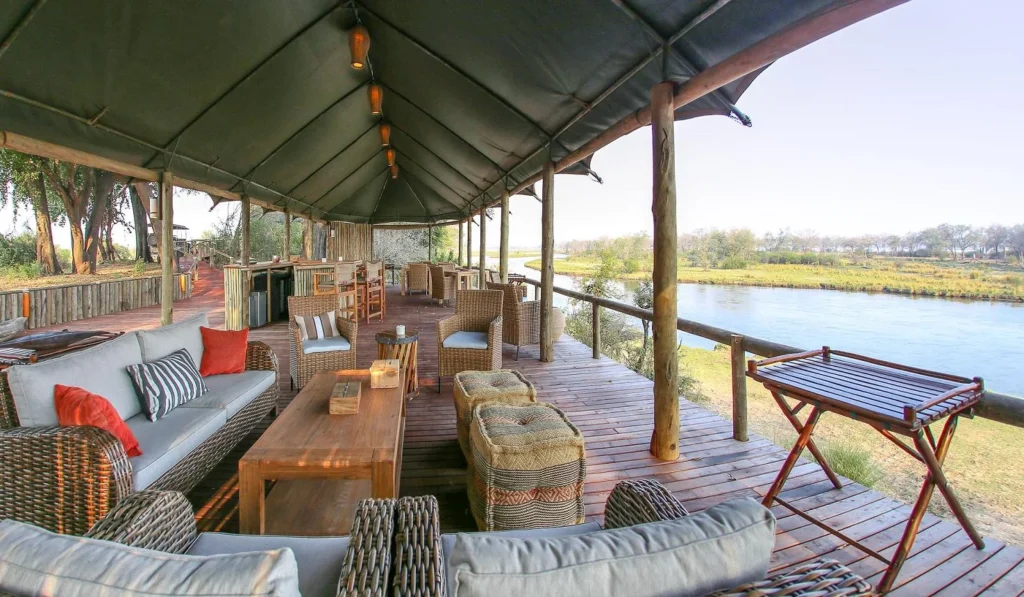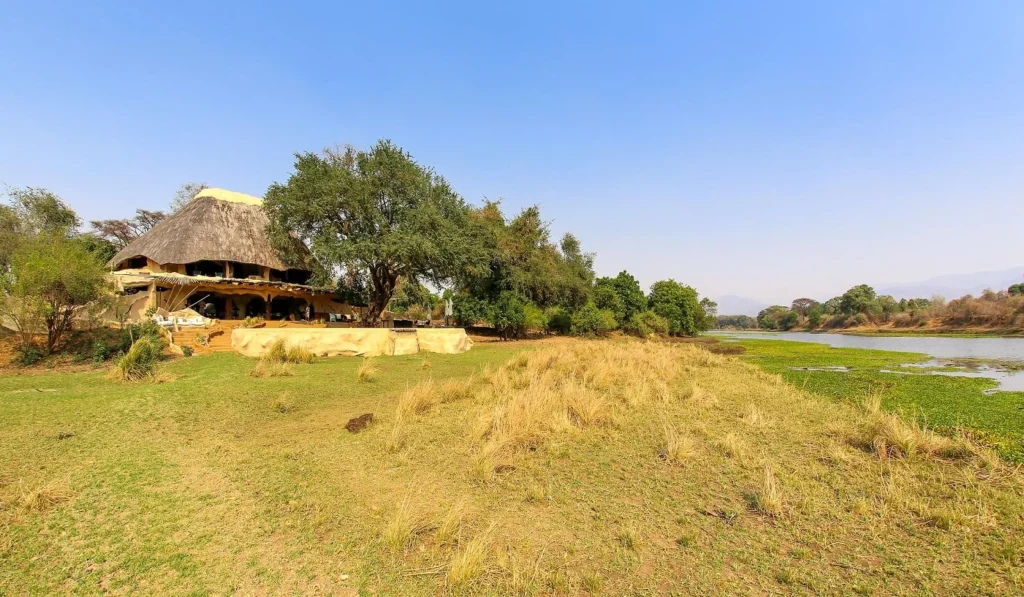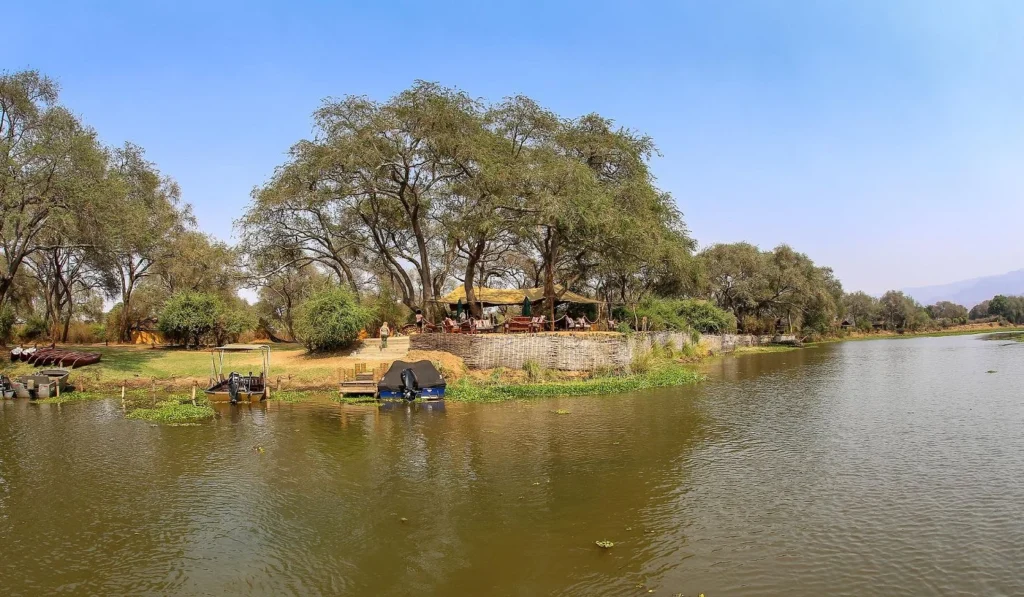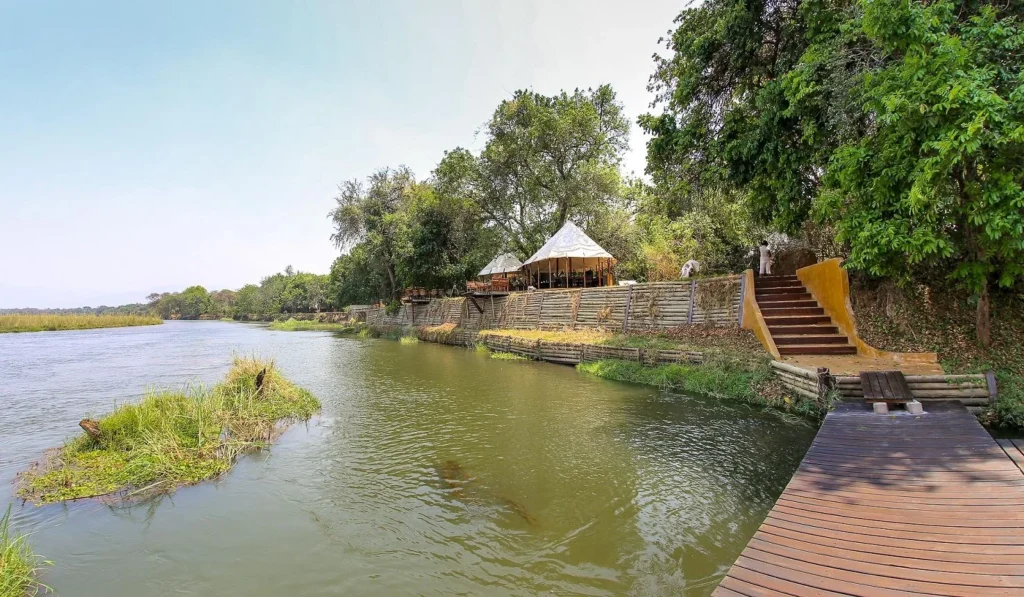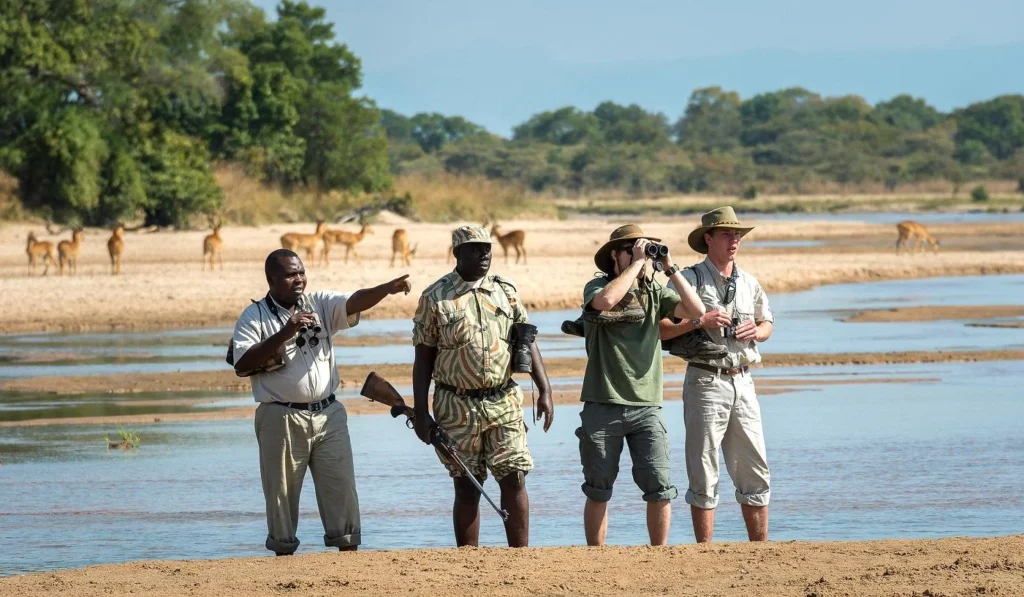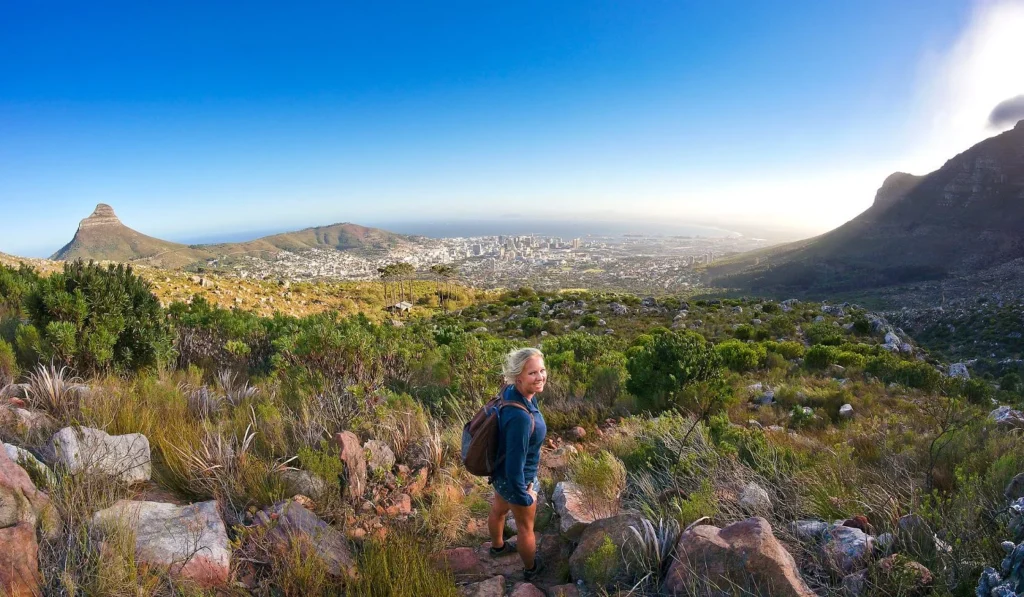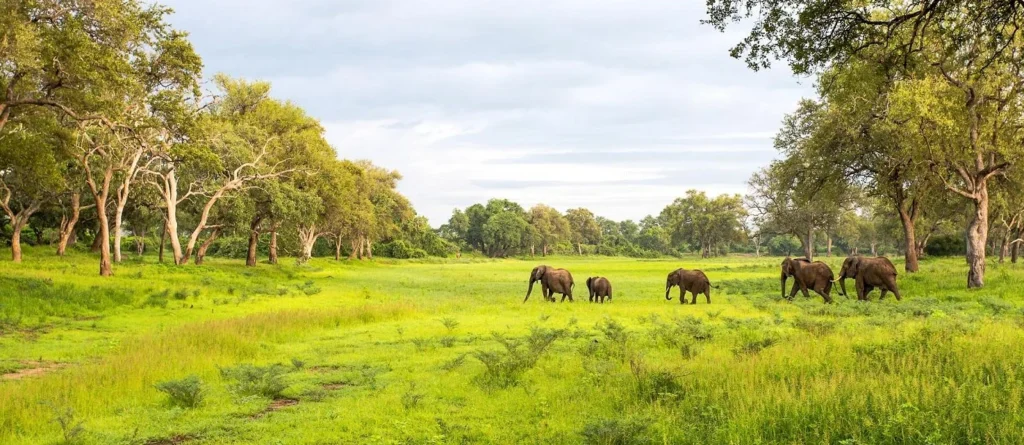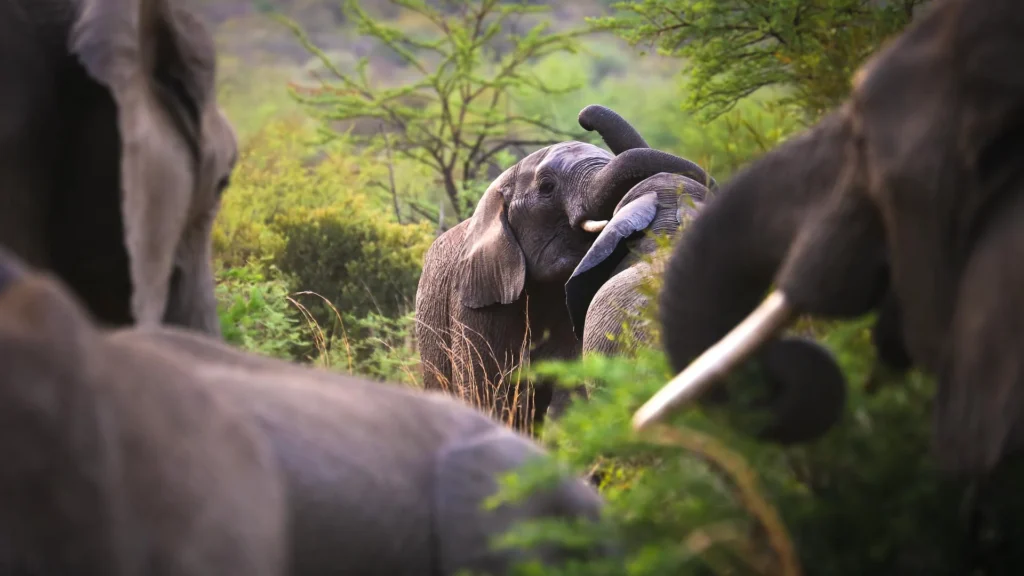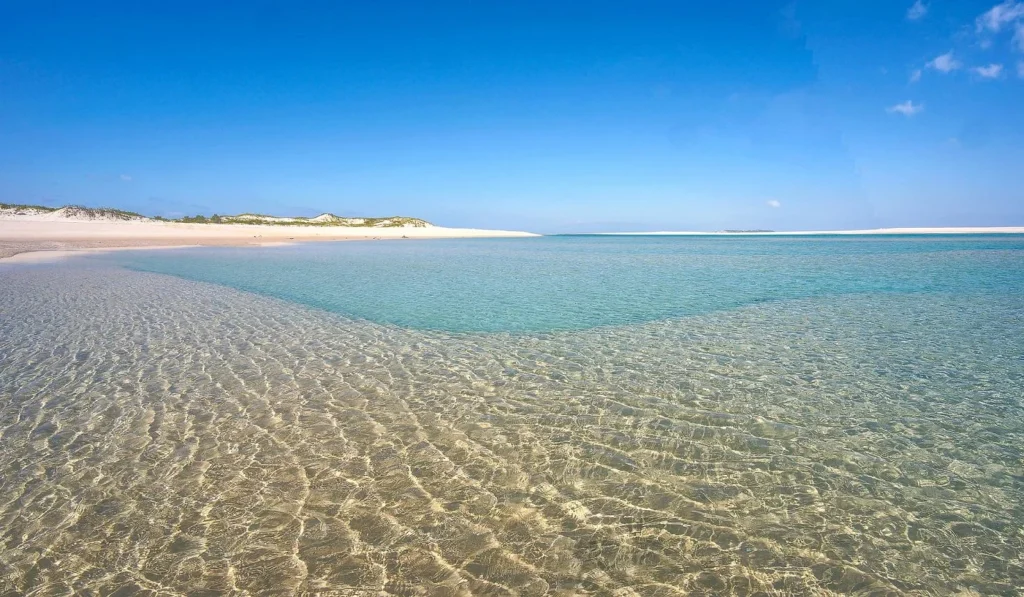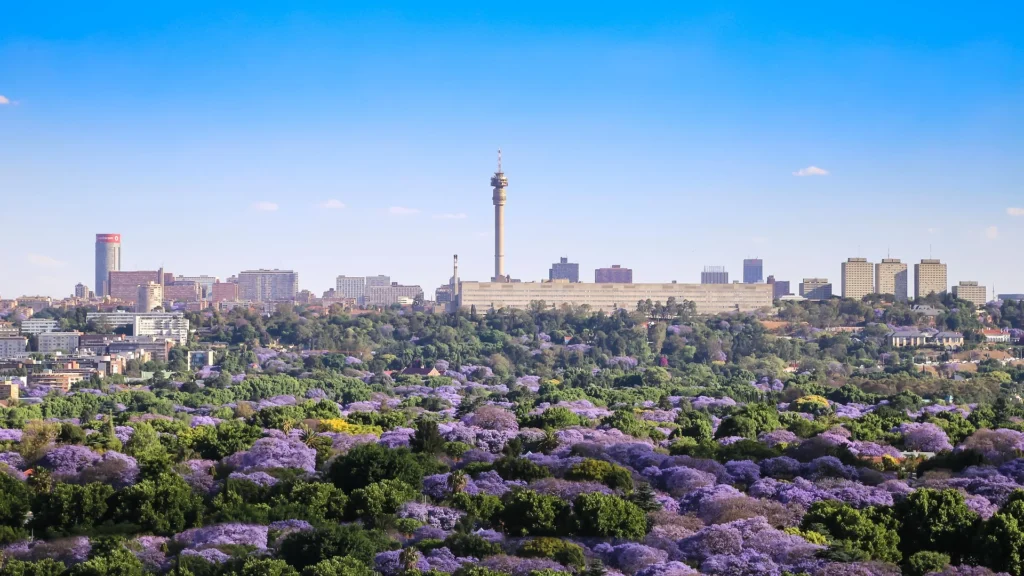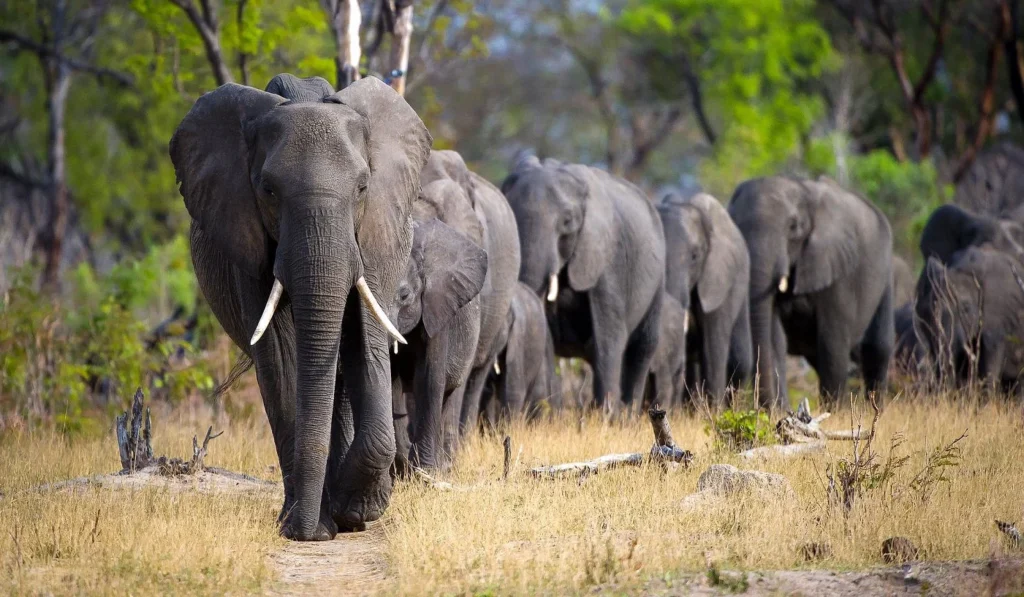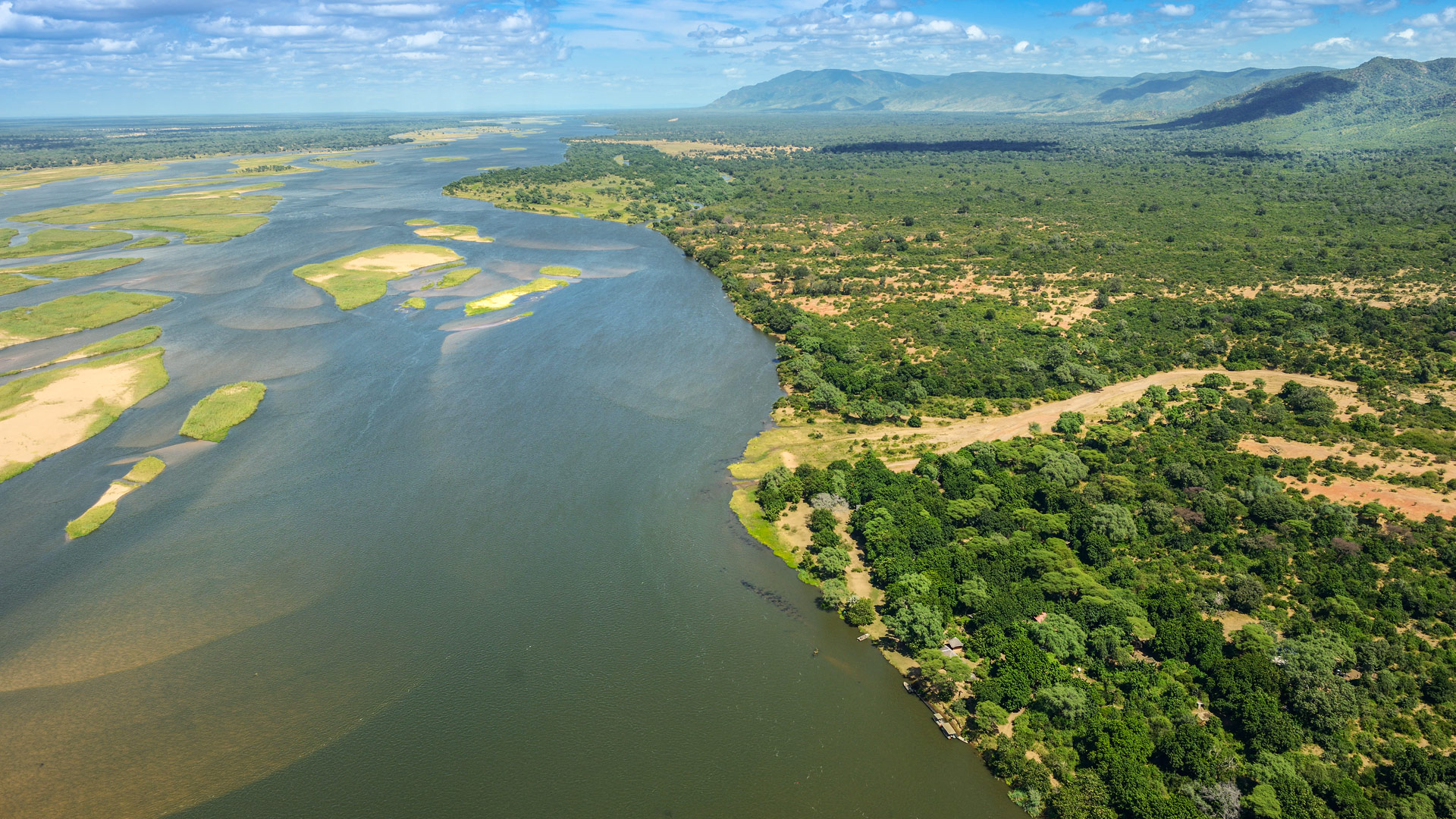
Safari to the Lower Zambezi
Lower Zambezi
offers an unusually broad
range of safari experiences
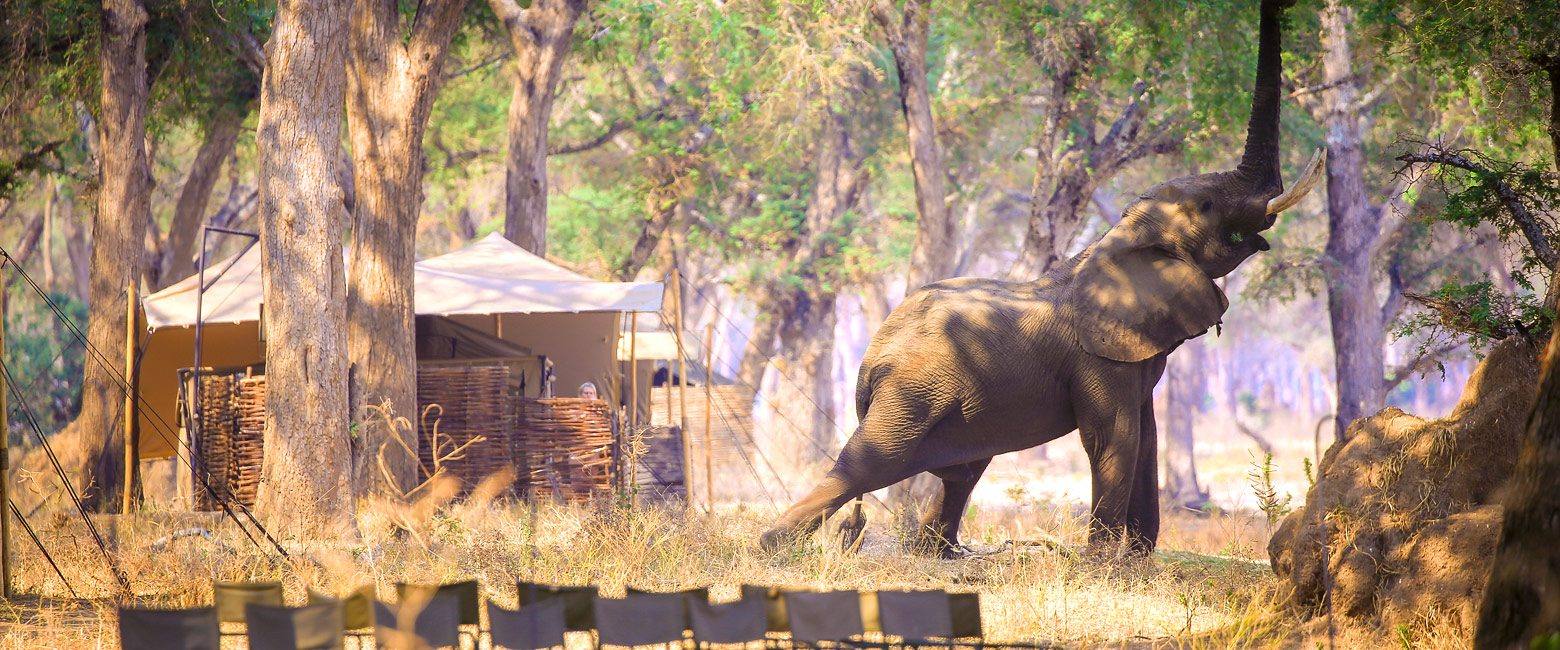
truly beautiful riverine woodlands
At 4750 square kilometres, Lower Zambezi is a good sized national park, a prime wildlife area which offers an unusually broad range of wet and dry safari activities.
Lower Zambezi is a very significant part of a much larger trans-frontier wilderness area here in the Zambezi valley. It’s just across the river from the historically better known Mana Pools in Zimbabwe and surrounded by various wildlife management areas.
The area is very rich in wildlife, especially during the Jul-Oct dry season, when animals from a vast hinterland are drawn in towards the river.
There are particularly good densities of elephants, lions and leopards, as well as a wide range of other animals. Birding is also very strong.
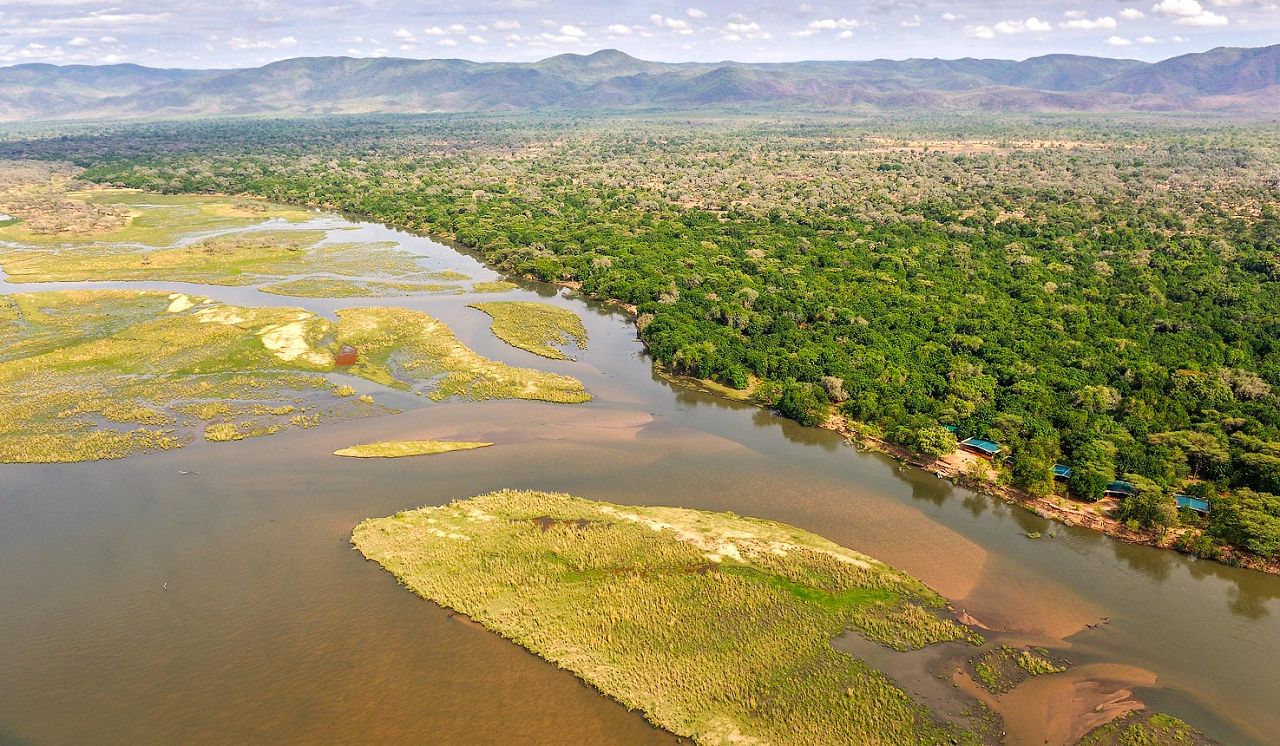
Gallery
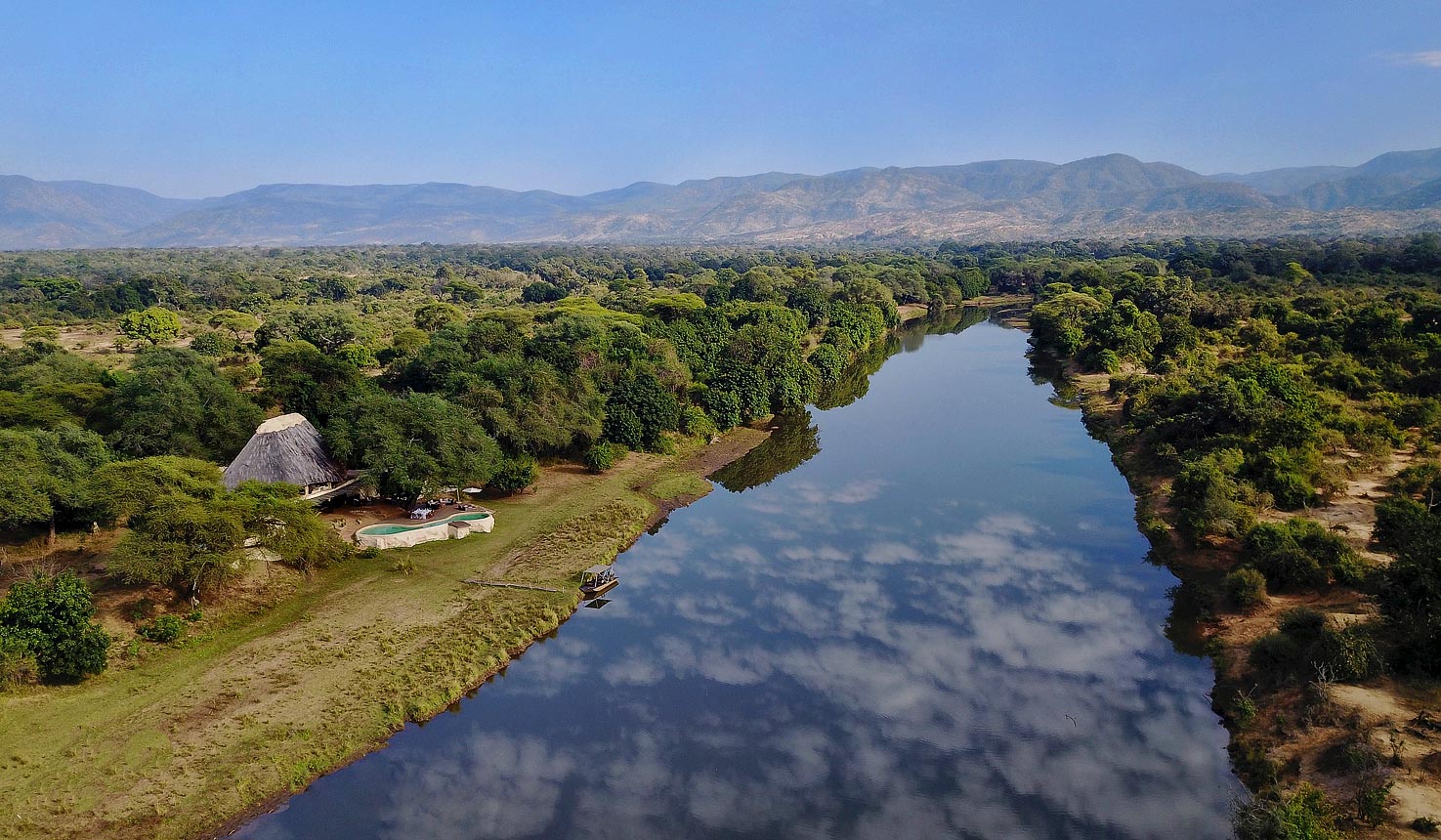
Video
Map
Lower Zambezi is generally considered to be the second best safari areas in Zambia, after South Luangwa, but the wider range of activities here could lead one to reverse that ranking.
The usual stay duration if 3-5 nights in one lodge, or 4-8 nights split across two camps.
Seasonality
Like most areas in Zambia, safari in Lower Zambezi is very seasonal and careful planning is extremely important.
Early dry season : May-Jun
May-Jun is a period of transition from the hot wet summer to the cool dry winter. Although it is generally considered to be a decent time to visit, before the harshness of the main dry season kicks in.
In dry years the green season should be reaching an end, the long grass should be yellowing and the animals starting to move back towards the permanent water sources along the river, all of which should lead to an increase in sightings.
In wetter years some elements of the green season conditions may endure all the way into June, making wildlife viewing a little more challenging.
During May-Jun, temperatures can drop pretty low during the night, but this has little adverse effect on safari, the days are gorgeous and there are virtually no insects around.
The majority of camps are significantly discounted during this period, perhaps 20% less than during the peak dry season.
Dry season : Jul-Sep
The Jul-Sep dry season is the classic time to visit Lower Zambezi and is generally considered to be the best time for wildlife viewing, as serious numbers of animals are drawn into the permanent water sources from the vast dry hinterland.
During Jul-Aug the cooler temperatures of the preceding season can continue, but this has little adverse effect on safari, the days are gorgeous and there are virtually no insects around. The weather during Aug-Sep should be perfect.
This is very much the high season in terms of prices. Visitor numbers are also peaking. Although this is rarely a major issue in most of Lower Zambezi, it’s worth considering some traffic avoidance measures during the planning process. The general rule of thumb is that the further east the better, since most traffic arrives at the Western Gate.
Hot season : Oct-Dec
The Oct-Dec hot season represents the transition period between the peak of the dry season and the start of the rains.
During this period the temperatures and humidities can become uncomfortably high in advance of the rains. This can be a very significant issue, especially since the vast majority of camps do not have air-conditioning.
If considerable rainfall does arrive (usually during December) it usually brings a blessed relief from the high temperatures, but can be heavy and prolonged.
Of course the animals are delighted to see the rain and may start to migrate outwards from the river, potentially causing a marked drop off in sightings.
Some of the camps close for the end of the season in November, others continue through to the Dec-Jan holiday season.
The majority of camps are significantly discounted during Nov-Dec, perhaps 20% less than during the peak dry season.
Green season : Jan-Apr
The period Jan-Apr is the main green season in Lower Zambezi, when the area experiences the majority of its rainfall.
At this time the landscapes tend to be verdant and beautiful, the animals well fed and there’s lots of babies around, providing a great contrast to the harshness of the dry season.
With the wildlife being more dispersed and the long grasses providing extra cover, wildlife viewing can be a good deal more difficult, usually causing a drop off in sightings.
The temperatures and humidities are usually higher than usual, although not usually to the extent of the preceding season. Conditions are usually pleasant enough.
It’s the Dec-Feb period which threatens the greatest chance of more cloud and rain, with safari conditions potentially becoming a good deal more challenging.
Most of the camps in Lower Zambezi are closed at this time. Those which stay open tend to be significantly discounted, perhaps 30% less than during the peak dry season.
Getting there
Lower Zambezi lies to the southeast of Zambia and is usually accessed by scheduled light aircraft services from Lusaka International Airport into one of the two main airstrips in Lower Zambezi. It is sometimes possible to fly directly from Livingstone and Mfuwe (South Luangwa).
It is also possible to transfer in by road from Lusaka, a journey of 3-4 hours depending on the camp.
Where to stay
The Lower Zambezi area contains several decent camps. Although the majority of visitors choose only one stop, there’s a couple of highly attractive two camp combinations.
The prime camps are largely inside the national park, lying to the east of the area. These areas tend to be more scenic, have richer wildlife and experience fewer visitors.
The mid-range and lower cost options are largely located in the Game Management Area immediately to the west of the national park. This area is still pleasant, but can experience greater flows of traffic, especially during the peak dry season. These numbers can be swelled on the weekends by residents from Lusaka.
best for wildlife during the Jun-Oct dry season
let us know your thoughts about Zambia
and we will help you create the perfect safari
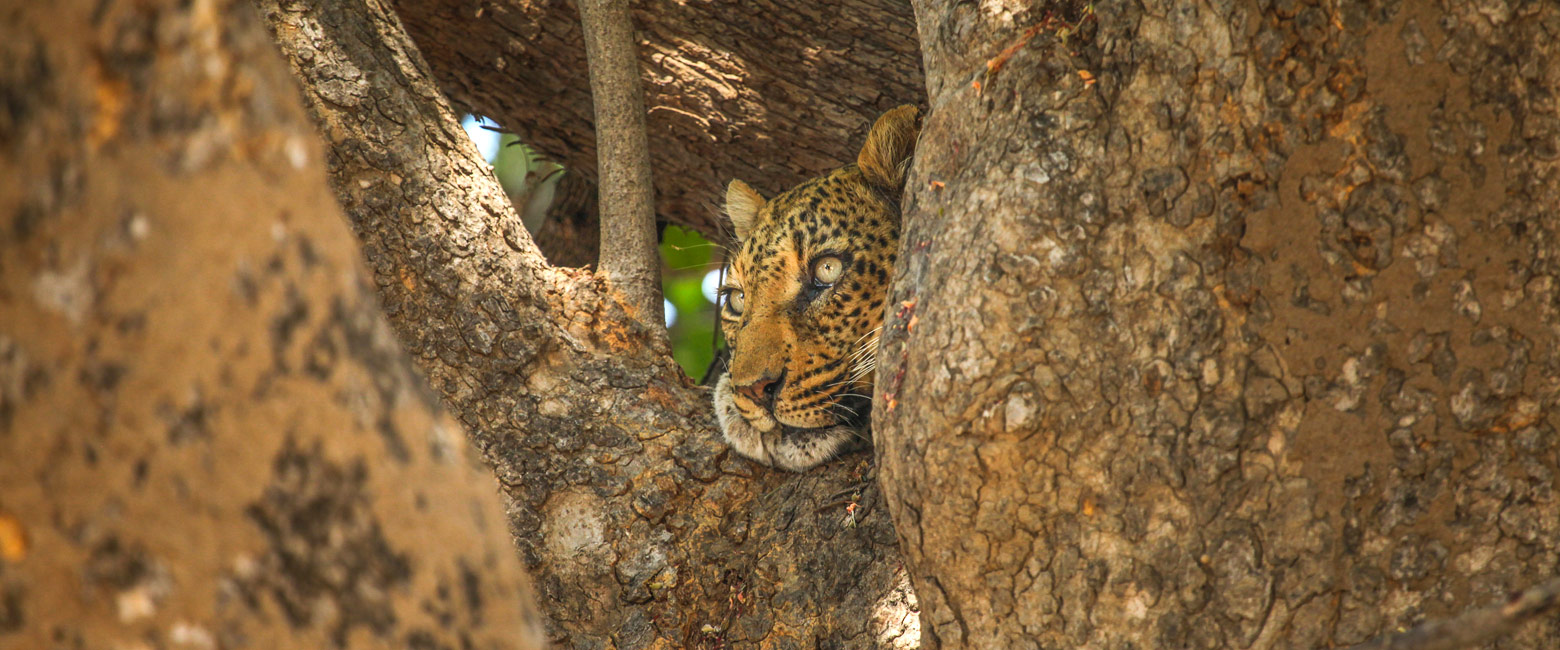
Extraordinary tailor-made adventures,
from earthy and edgy to easy and extravagant
From around USD 2500 per person, you set the ceiling
Sample Trips
Here are some of our popular trip shapes
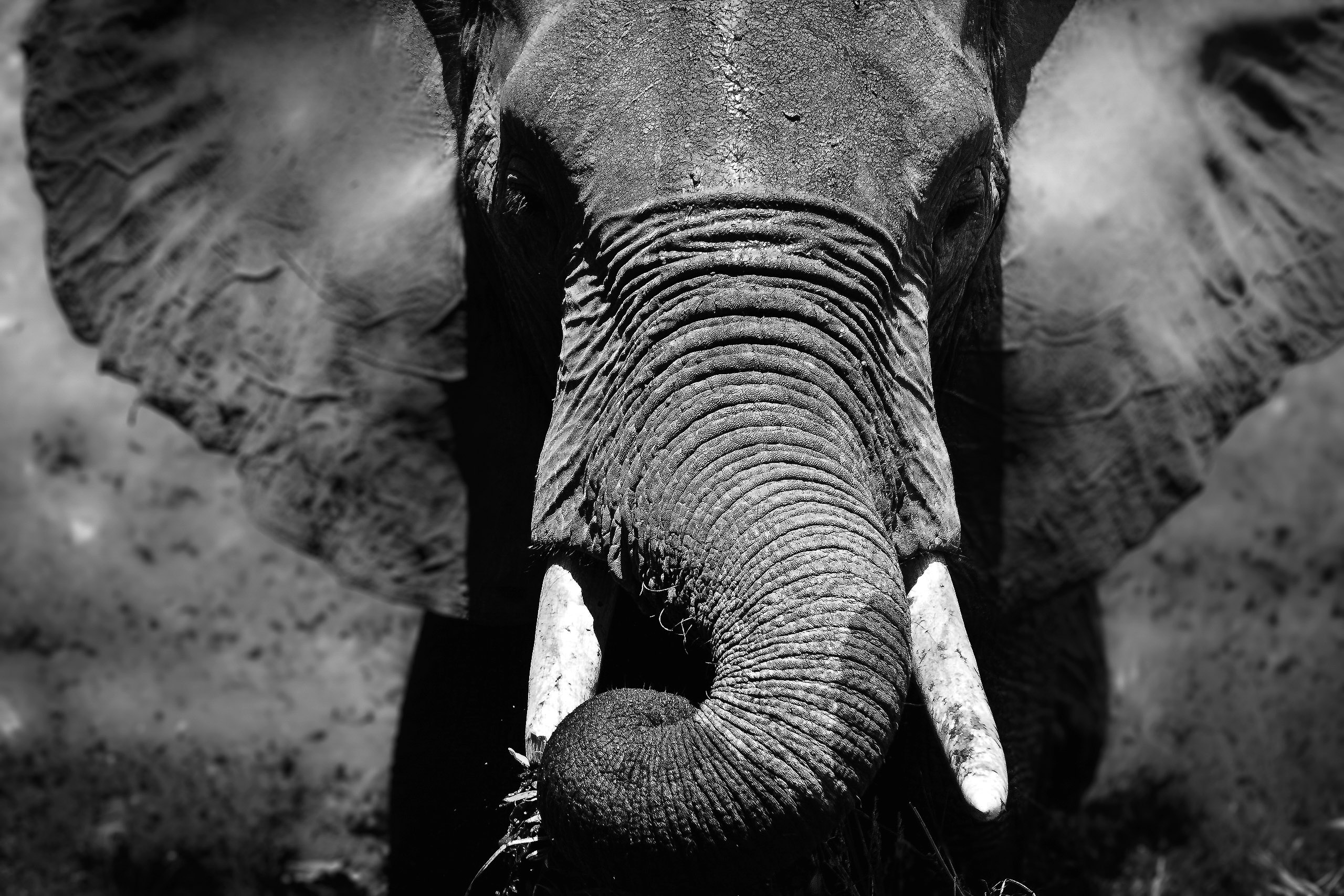
Get started on your trip
It’s never too soon to get in touch, we are here to help with every stage of your planning.
Best Lodges
We regularly inspect and photograph all of the the best lodges, to ensure that we always recommend the most suitable options
Key Locations
Take a look around related locations. Click ‘View more’ to explore locations further afield.

















